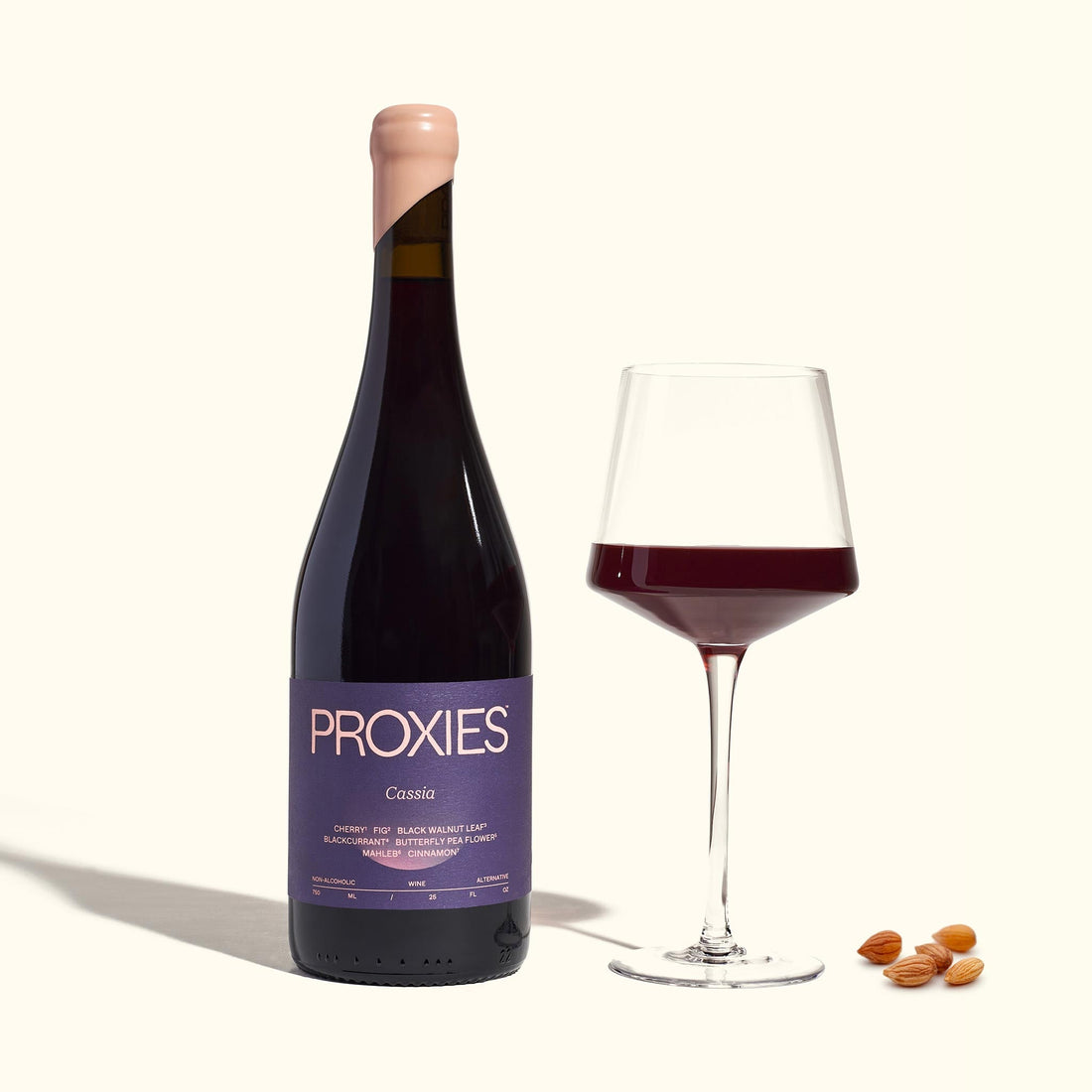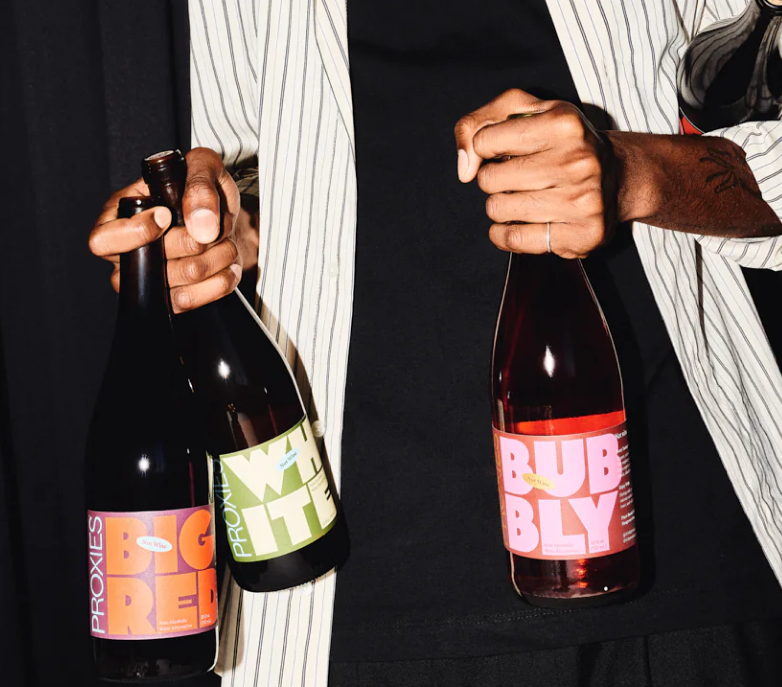
What is Mahleb?
Share
What’s mahleb?
A spice popular in Middle Eastern and Mediterranean countries—and the star ingredient in Cassia, one of our limited edition Proxies.
Unlike most other spices, which are derived from leaves, seeds or bark of their respective plants, mahleb is actually a byproduct of fruit (specifically, the pit of the St. Lucie’s or mahleb cherry).
You might also see it referred to as mahlab, mahlap, or mahalepi.
How do you make it?
Mahleb cherry stones are cracked, and the seed kernel—a beige pod about ⅕ of an inch wide—is extracted. The chewy kernels are then ground down for use. Since mahleb’s flavor deteriorates quickly after grinding, it’s recommended to keep the pods whole until right before you use them.
What’s it taste like?
Many pick out cherry notes (understandably), but almond is another common comparison. In fact, cherry pits (along with the pits of other stone fruits) are often used to make almond extract—or, around France, the almond-like essence known as noyaux. Floral and vanilla notes are also present; when the spice is consumed uncooked, some detect a bitter, woody aftertaste.
Wait, don’t cherry pits contain cyanide?
Sure do—or, technically, they contain amygdalin, a compound that your body converts into cyanide. The same chemical appears in apple seeds, peach pits, apricot pits, and other stone fruit—as well as in other parts of the cherry tree, like the bark.
Fortunately, your body is able to neutralize cyanide in small quantities. We wouldn’t recommend chowing down on whole cherry pits—as in the recent case of one British fellow, who started eating cherries whole and ended up in the hospital. But consuming a sprinkle of mahleb (or a drizzle of almond extract) won’t kill you.
While we're on the subject: It's worth noting that nutmeg contains hallucinogens, and certain types of cinnamon contain a toxin called coumarin (which is also present in mahleb in small amounts). Everything in moderation!
How is it used?
Typically in baked goods like breads, cookies, cakes and pastries, as well as other desserts like pudding. It’s particularly popular in holiday baked goods in Greece, Turkey and Armenia. In Egypt, it’s frequently eaten as a snack with honey, sesame seeds and bread.
Where can I find mahleb?
It’s less easy to find in North America than it might be in the Middle East or Mediterranean—but try checking specialty spice vendors or Middle Eastern grocery stores, either IRL or online.
…And, of course, in Cassia.
Mahleb adds an incomparably-intriguing flavor to Cassia, one of our limited edition Proxies Club bottlings. Its almond, vanilla, rose, and stewed cherry play off the Mahleb cherries, blackcurrants, figs, and cabernet sauvignon grapes, bringing a lingering finish to this warm, spiced red.
Join the Proxies Club today.





